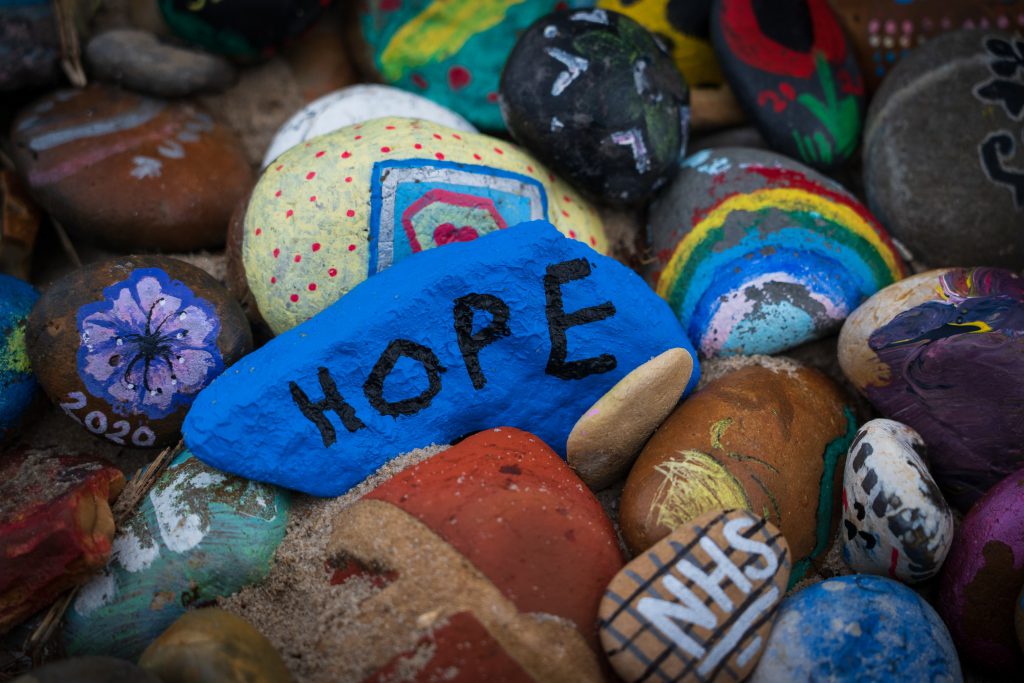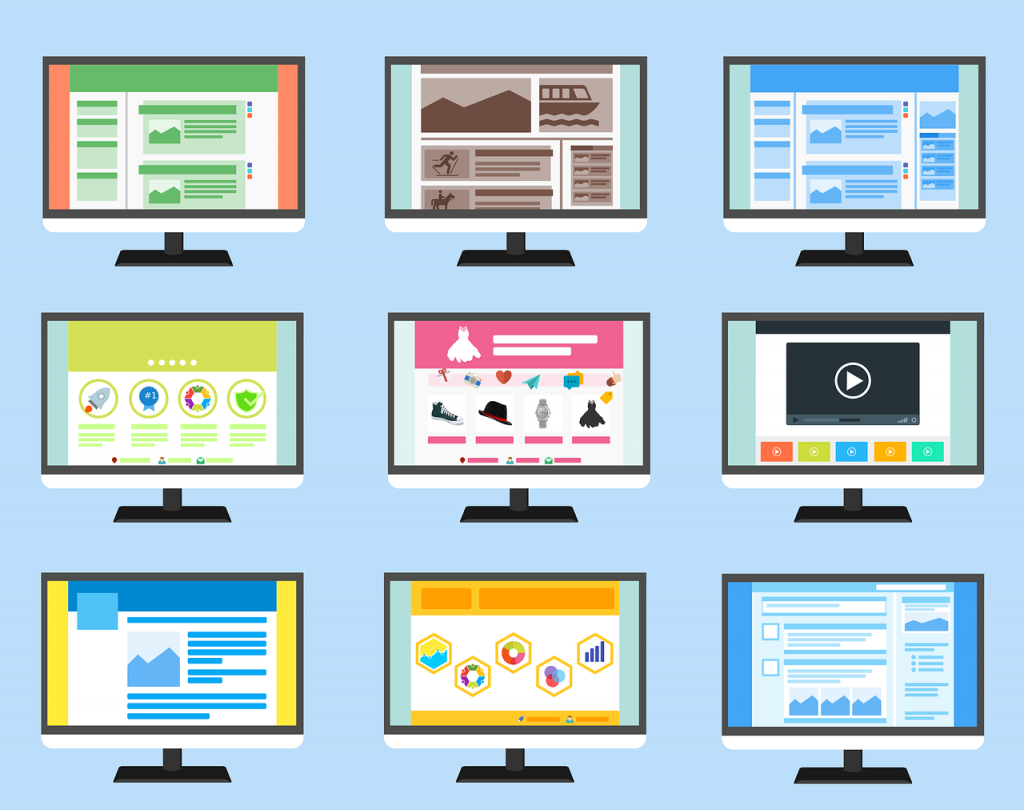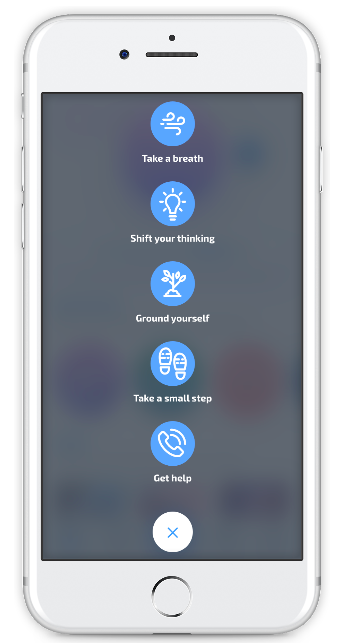
Over the past year, you and your child may have already found yourself getting in the groove of things and finding a routine that works best for you. However, things are constantly changing and things are different everyday that can prevent a routine from truly being established. Continue reading The Pomodoro Technique







